Video of the Week:
Tips for Growing Blueberries
Fruit:
Approaching Time for Peach Leaf Curl Control
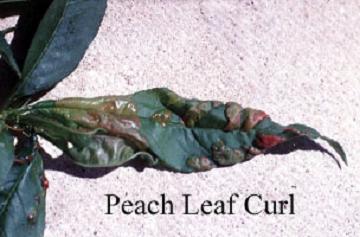
Though peach leaf curl can be controlled by a single fungicide application either in the fall after leaf drop, it is more commonly controlled in the spring. There are several fungicides labeled for this disease including Bordeaux, liquid lime sulfur, and chlorothalonil (Ortho Garden Disease Control, Fertilome Broad Spectrum Fungicide, GardenTech Fungicide Disease Control, Gordon's Multipurpose Fungicide, and Daconil). Thoroughly cover the entire tree during application. Note that it is much easier to achieve good spray coverage if the tree is pruned before spraying. (Ward Upham)
Dormant Oil Sprays for Fruit Trees
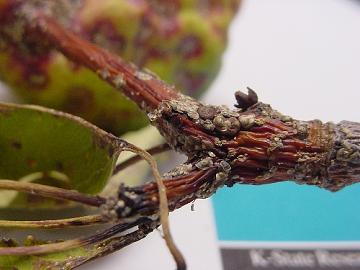
Apples are tougher, and application may be delayed up to the green tip stage. Temperatures need to be at least 40 degrees so spray has a chance to dry before freezing. If the spray does freeze before it dries, plant injury can occur. Applying the spray during the morning will help insure that it dries properly. Thorough coverage of limbs, branches, and twigs is vital for good control. Note that it is much easier to achieve good spray coverage if the tree is pruned before spraying. (Ward Upham)
Pruning Fruit Trees
General Recommendations
- Take out broken, damaged or diseased branches.
- If two branches form a narrow angle, prune one out. Narrow angles are weak angles and tend to break during wind or ice storms.
- Take out all suckers. Suckers are branches that grow straight up. They may originate from the trunk or from major branches.
- If two branches cross and rub against one another, one should be taken out.
- Cut back or remove branches that are so low they interfere with harvest or pruning. If cutting back a branch, always cut back to another branch or a bud. Do not leave a stub.
- Cut back branches to reduce the total size of the tree, if necessary.
- Thin branches on the interior of the tree.
Follow the steps above in order but stop if you reach 30% of the tree. For a short video on pruning, see http://www.hfrr.ksu.edu/p.aspx?tabid=980&cat=Fruit&itemid=64&cmd=view#64
Specific Instructions
Peach and Nectarine: Peach and nectarine require more pruning than any other fruit trees because they bear fruit on growth from the previous year. Not pruning results in fruit being borne further and further from the center of the tree allowing a heavy fruit crop to break major branches due to the weight of the fruit. Prune long branches back to a shorter side branch.
Apple: Apples tend to become overgrown if not pruned regularly. Wind storms and ice storms are then more likely to cause damage. Also, trees that are not pruned often become biennial bearers. In other words, they bear a huge crop one year and none the next. Biennial bearing is caused by too many fruit on the tree. Though pruning helps, fruit often needs to be thinned as well. The goal is an apple about every 4 inches. Spacing can vary as long as the average is about every 4 inches.
Cherry, Pear, Plum: Light pruning is usually all that is needed. Simply remove branches that are causing or will cause a problem according to the general recommendations above. (Ward Upham)
Pruning Young Fruit Trees

Regardless of the system used, the three to four scaffold branches should:
• Be no lower than 18 inches from the ground. This makes it easier to prune and harvest the tree once it matures.
• Form wide angles (about 60 to 80 degrees) with the trunk. Wide angles are much stronger than narrow angles and are less likely to break under wind or ice loads.
• Be distributed on different sides of the tree for good balance.
• Be spaced about 6 to 10 inches apart on the trunk with no branch directly opposite or below another. (Ward Upham)
Flowers:
Rabbit Resistant Flowers
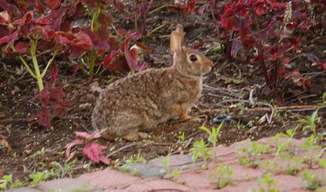
Also, the unavailability of other food sources can result in rabbits feeding on plants that are normally rejected. A list of flowers considered resistant to feeding damage by rabbits include artmesia, aster, bee balm, begonia, blanket flower, bleeding heart, candytuft, columbine coreopsis, crocus, daffodil, dahlia, daylily, ferns, gloriosa daisy, herbs (except basil), iris, lamb’s ears, pincushion flower, red hot poker, surprise lily, sweet violet, verbena and yarrow.
This information came from a University of Arizona publication titled “Deer and Rabbit Resistant Plants.” Other resistant plants including trees, shrubs, groundcovers and vines are also listed in this publication. This publication is available at http://tinyurl.com/y8sfgo2 (Ward Upham)
Vegetables:
Tomato Test: Fruit Size
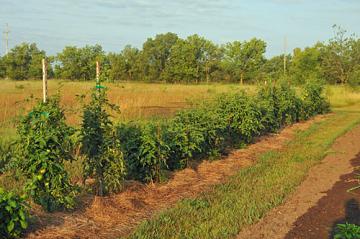
The top ten varieties for total yield are listed below. We have included the top 10 for 2013, the top for 2014, and the top when these two years are combined. We will only consider those tomatoes which were grown both years. We did not include cherry tomatoes or other small fruited types such as Roma. Weight is given in pounds. We had 16 varieties that met these criteria.
2013
Number Variety Weight
1 Big Beef 135.8
2 Beefmaster 134.8
3 Red Bounty 115.4
4 Black Krim 114.2
5 Scarlet Red 107.6
6 Supersonic 102.2
7 Rutgers 102.0
8 Jet Star 100.0
9 Celebrity 96.0
10 Hy Beef 93.6
2014
Number Variety Weight
1 Celebrity 73.0
2 Crista 70.4
3 Jet Star 59.0
4 Beefmaster 54.2
5 Hy Beef 52.8
6 Rutgers 47.0
7 BHN 961 46.8
8 Supersonic 45.0
9 Florida 91 41.8
10 Red Bounty 39.8
2013 & 2014
Number Variety Weight
1 Beefmaster 189.0
2 Celebrity 169.0
3 Big Beef 166.6
4 Jet Star 159.0
5 BHN 961 157.6
6 Red Bounty 155.2
7 Crista 153.6
8 Rutgers 149.0
9 Supersonic 147.2
10 Hy Beef 146.4
Note that we combined both years and took the total weight of fruit. The data is interesting with Big Beef being the top variety in 2013, but not even making the list in 2014. Also, though Amana Orange is consistently our largest tomato, yield is so low it did not make the top 10 in yield for either year. (Ward Upham)
Pests:
Check Plants for Scale Insects
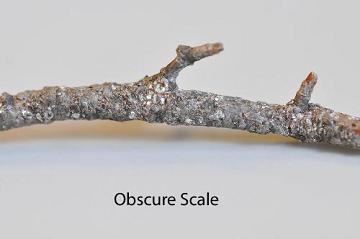
Manhattan euonymus, a broadleaf evergreen, is especially noted for having scale problems. Plants are not harmed if only a few scales are present. But scale population can increase dramatically during the growing season. Heavy scale infestations can damage fruit crops, destroy branches and kill entire plants. (Ward Upham)
Contributors: Ward Upham, Extension Associate
To view Upcoming Events: http://tinyurl.com/fswqe
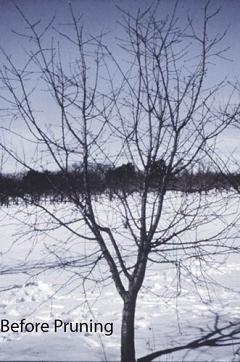
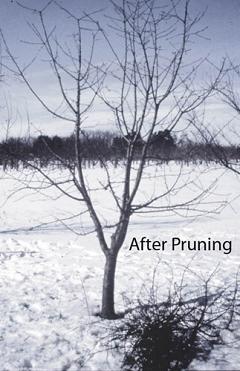
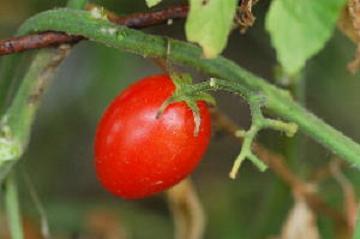
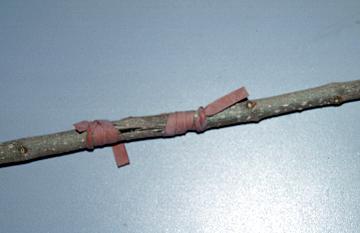
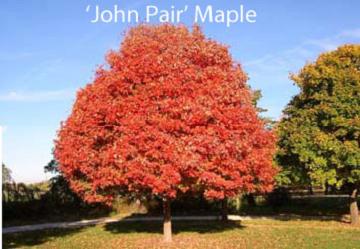
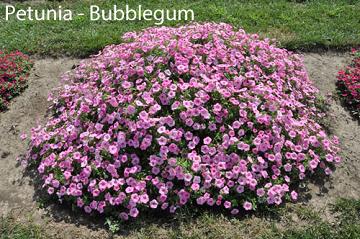
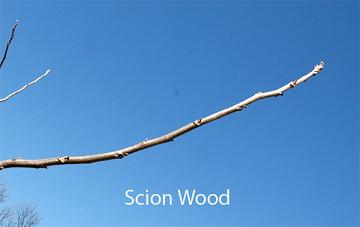
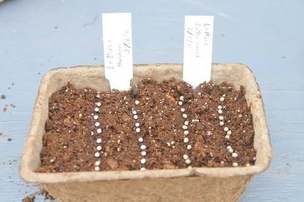
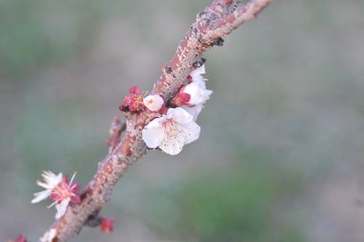
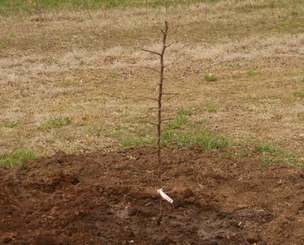
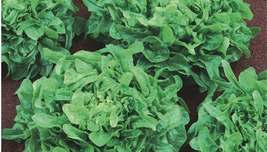
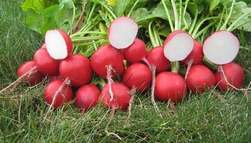
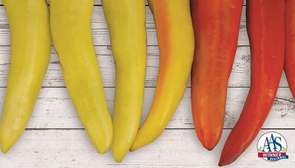
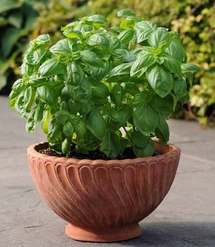
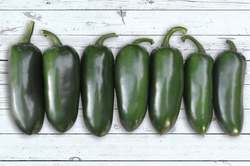
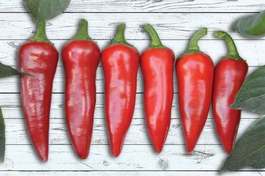
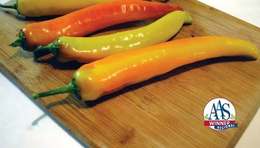
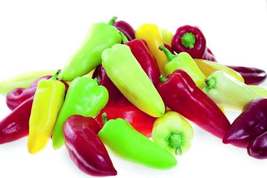
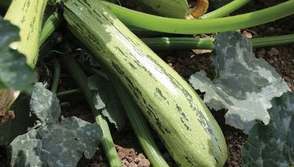
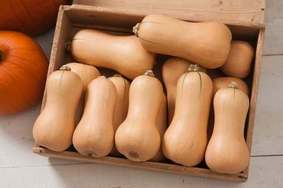
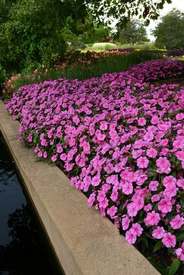
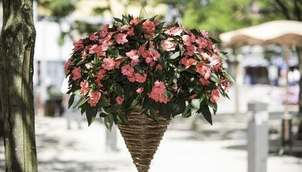
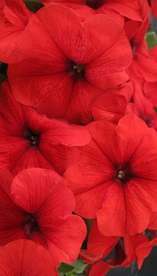
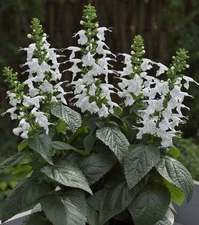
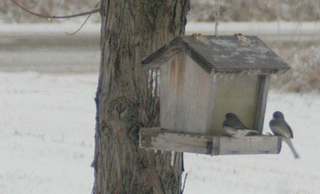
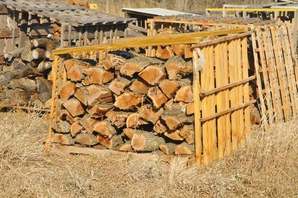
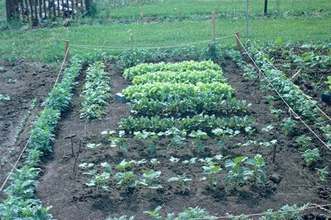
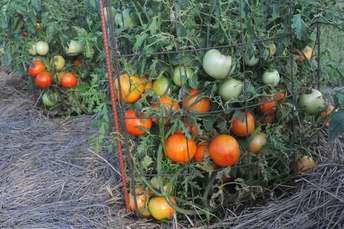
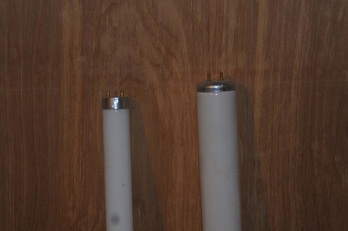
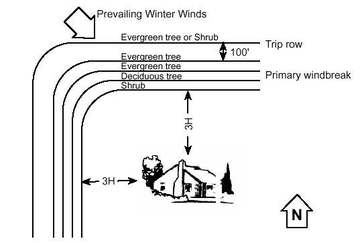
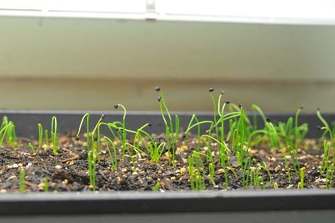
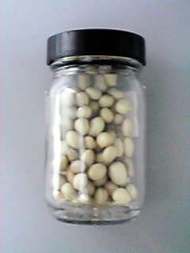
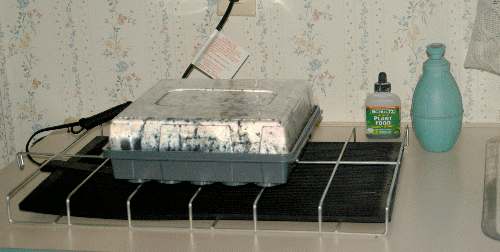
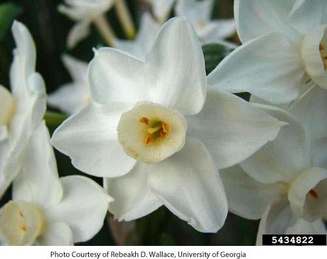
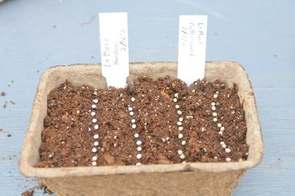
 RSS Feed
RSS Feed
